Winter can be a challenging season for homeowners, particularly when it comes to frozen pipes. With temperatures dropping, there’s a risk that your home’s plumbing system could be compromised, leading to burst pipes and costly repairs.
To minimize these risks, it’s essential to take preventive measures and winterize your home. In this guide, we’ll discuss the factors that contribute to frozen pipes, how to prevent them, and what to do if you suspect your pipes have frozen.
Why Do Pipes Freeze?
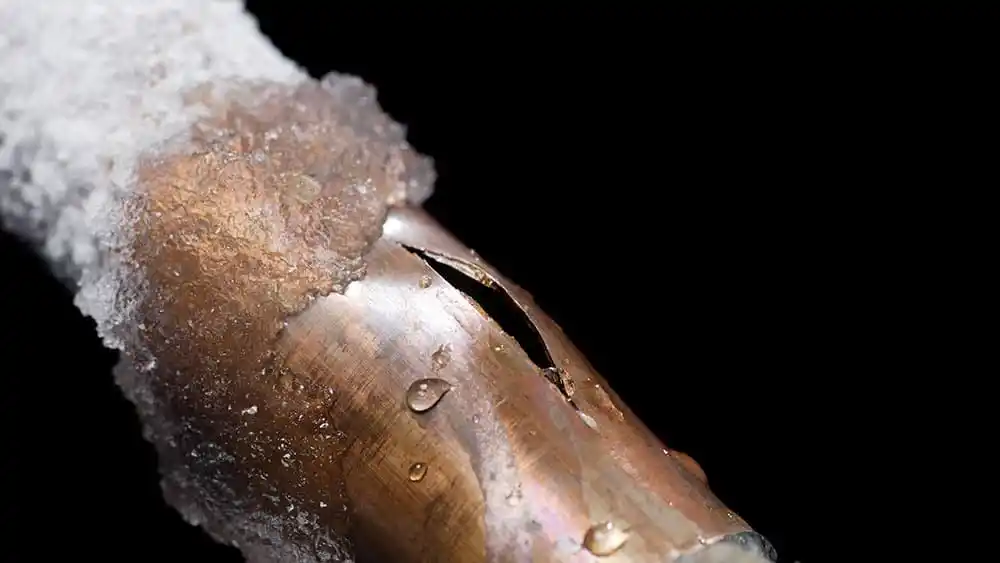 Water has a unique characteristic in that it expands as it freezes, exerting significant pressure on the surrounding material. This pressure can cause pipes to rupture, regardless of the material they are made from. Several factors contribute to the susceptibility of pipes to freezing:
Water has a unique characteristic in that it expands as it freezes, exerting significant pressure on the surrounding material. This pressure can cause pipes to rupture, regardless of the material they are made from. Several factors contribute to the susceptibility of pipes to freezing:
Exposure to extreme cold: Pipes located outdoors, such as those serving swimming pools, water sprinklers, and outdoor hose bibs, are particularly vulnerable to freezing due to their exposure to severe cold temperatures.
Location in unheated interior spaces: Pipes located in unheated indoor areas, such as basements, crawl spaces, attics, garages, or enclosed kitchen cabinets, are also prone to freezing. The absence of adequate heating in these spaces allows temperatures to drop significantly, increasing the risk of pipe freeze.
Proximity to exterior walls: Pipes that run along exterior walls with insufficient or no insulation face heightened risks of freezing. Inadequate insulation fails to shield the pipes from the frigid outdoor temperatures, leaving them vulnerable to the freezing effects of cold air penetration.
Preventing Frozen Pipes
You can take several steps to minimize the risks associated with frozen pipes and ensure uninterrupted water flow throughout the colder months. Here are some recommendations that you can implement to protect your plumbing system from freezing temperatures:
Drain Outdoor Water Lines
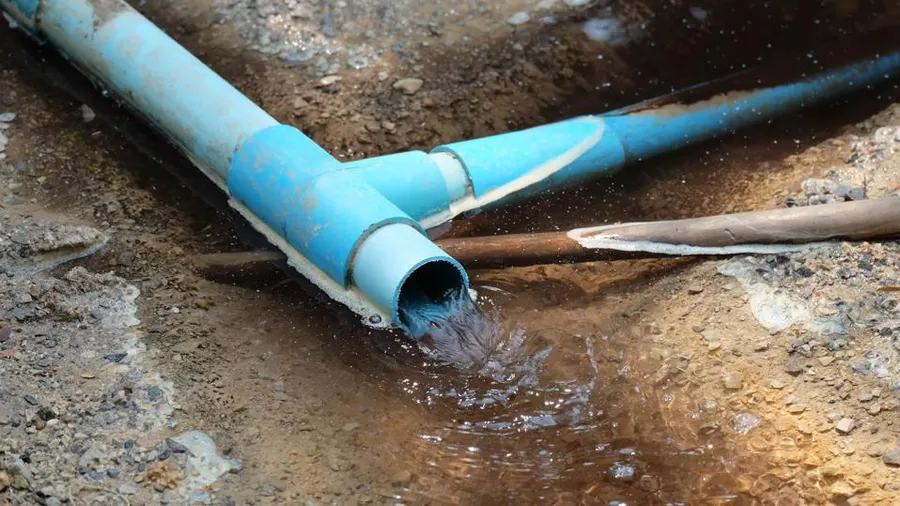 Before the onset of freezing temperatures, drain water from the swimming pool and water sprinkler supply lines.
Before the onset of freezing temperatures, drain water from the swimming pool and water sprinkler supply lines.
Follow the manufacturer’s instructions to ensure proper drainage and refrain from using antifreeze in these lines unless explicitly directed. Antifreeze poses environmental hazards and risks to humans, pets, wildlife, and landscaping.
Store Outdoor Hoses Properly
Remove outdoor hoses from their connections, drain any residual water, and store them in a sheltered location. Close inside valves supplying outdoor hose bibs and open the outside bibs to allow any remaining water to drain completely.
Leaving the outside valve open enables any water trapped in the pipe to expand without causing damage.
Insulate Vulnerable Areas
Enhance insulation in attics, basements, and crawl spaces to maintain higher temperatures in these critical areas.
Check for other locations where water supply lines are exposed to unheated conditions, such as the garage and the spaces beneath kitchen and bathroom cabinets. Ensure that both hot and cold water pipes in these areas are adequately insulated.
Utilize Pipe Insulation Products
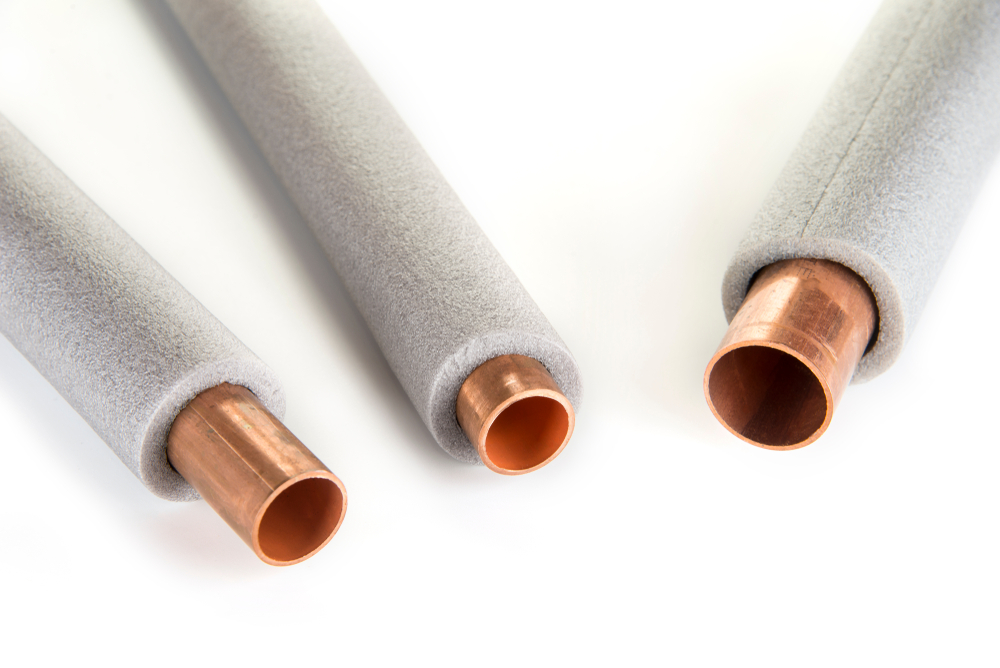 Invest in specialized products designed to insulate water pipes, such as pipe sleeves, UL-listed heat tape, and heat cables. These materials provide an additional layer of protection against freezing temperatures.
Invest in specialized products designed to insulate water pipes, such as pipe sleeves, UL-listed heat tape, and heat cables. These materials provide an additional layer of protection against freezing temperatures.
If you don’t have access to specialized insulation products, wrapping pipes with newspaper can offer some degree of insulation and protection, especially in areas with infrequent or brief episodes of freezing temperatures.
Relocate Exposed Pipes
Evaluate the positioning of exposed pipes and consider relocating them to areas offering increased protection from freezing. By relocating vulnerable pipes to warmer or better-insulated locations, you can minimize the risk of freezing and potential damage.
Maintain Garage Door Closure
Keep garage doors closed, especially if water supply lines are present in the garage. This helps to preserve warmer temperatures within the space and minimizes exposure to freezing conditions.
Open Cabinet Doors
In kitchen and bathroom areas, open cabinet doors to facilitate the circulation of warmer air around exposed plumbing fixtures. Take precautions to relocate any potentially harmful cleaners or household chemicals out of the reach of children.
Allow Faucets to Drip
During periods of extreme cold weather, allow cold water faucets served by exposed pipes to drip slightly. The steady flow of water, even at a trickle, helps prevent pipes from freezing by relieving pressure buildup within the plumbing system.
Maintain consistent thermostat settings
Keep your thermostat set to the same temperature during both day and night, even if it results in higher heating bills. Temporarily suspending lower nighttime temperatures helps prevent the risk of frozen pipes and potential bursts, which can lead to costly repairs and property damage.
Ensure adequate indoor heating
If you plan to be away from home during cold weather, maintain a minimum temperature of 55°F (12.8°C) to prevent pipes from freezing. Sustaining a moderate indoor temperature helps preserve the integrity of your plumbing system and protects against freezing-related issues.
Thawing frozen pipes
If you encounter frozen pipes, prompt action is essential to prevent further damage and restore water flow. Here are the steps to safely thaw frozen pipes and address potential blockages:
What to Do if You Have Frozen Pipes
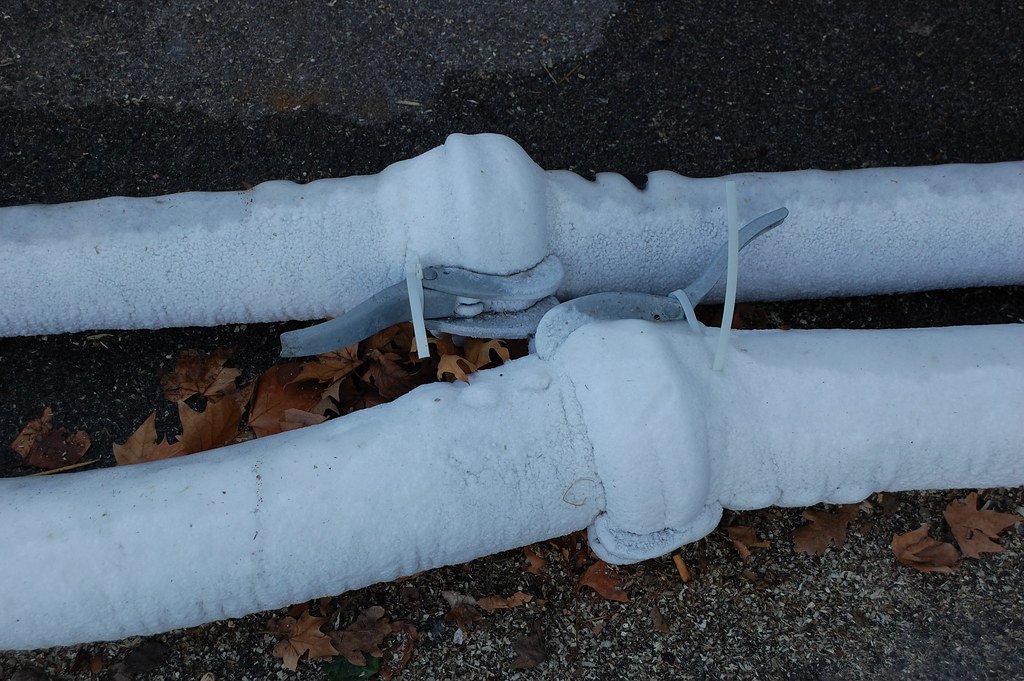 If you notice that only a trickle of water is coming out of your faucet, your pipes have likely frozen. It is important to take immediate action to avoid any potential damage.
If you notice that only a trickle of water is coming out of your faucet, your pipes have likely frozen. It is important to take immediate action to avoid any potential damage.
First, check the exposed pipes for any cracks or breaks. If you find any, turn off the main water supply and call a plumber immediately. If you try to thaw a burst pipe, it will cause water to flow out and cause flooding in your home.
Assuming the pipe is still intact, turn on the faucet to allow water to flow through as the ice melts.
You can also gently apply heat to the frozen section of the pipe using a heating pad, hairdryer, space heater, or warm, damp towels. It is crucial to remember that using an open flame poses a fire hazard and can cause damage to the pipe.
If you are unable to access or safely thaw the frozen pipe, call Fredericksburg plumber or any other licensed plumber immediately. They have the necessary tools and expertise to thaw your pipes safely and efficiently.
In conclusion, frozen pipes can be a significant problem during the colder months, causing extensive property damage and disrupting water supply.
However, by taking preventive measures and adopting practical strategies, you can minimize the risks associated with frozen pipes. Remember to drain outdoor water lines, store outdoor hoses, insulate vulnerable areas, utilize pipe insulation products, and relocate exposed pipes.
Additionally, maintain consistent thermostat settings, allow faucets to drip, and maintain adequate indoor heating. If you suspect your pipes have frozen, follow the above steps to thaw them safely and effectively. By being proactive and responsive, you can protect your plumbing system and enjoy an uninterrupted water supply throughout the winter.

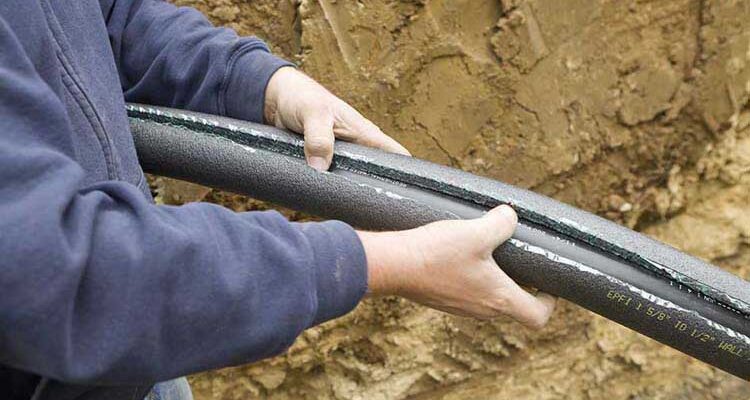

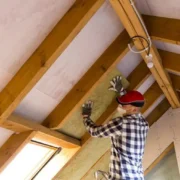
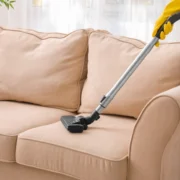
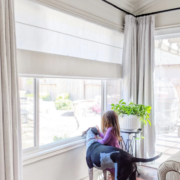
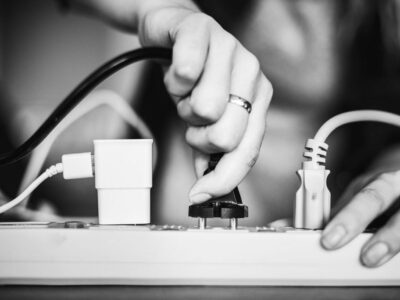

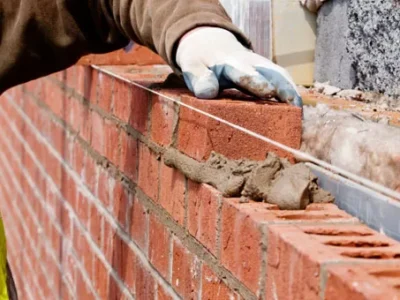
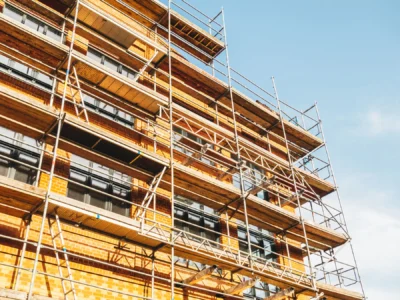
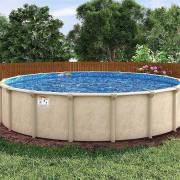
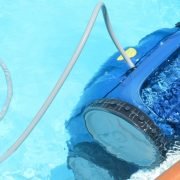
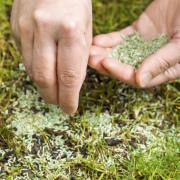
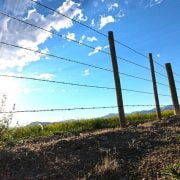
Comments